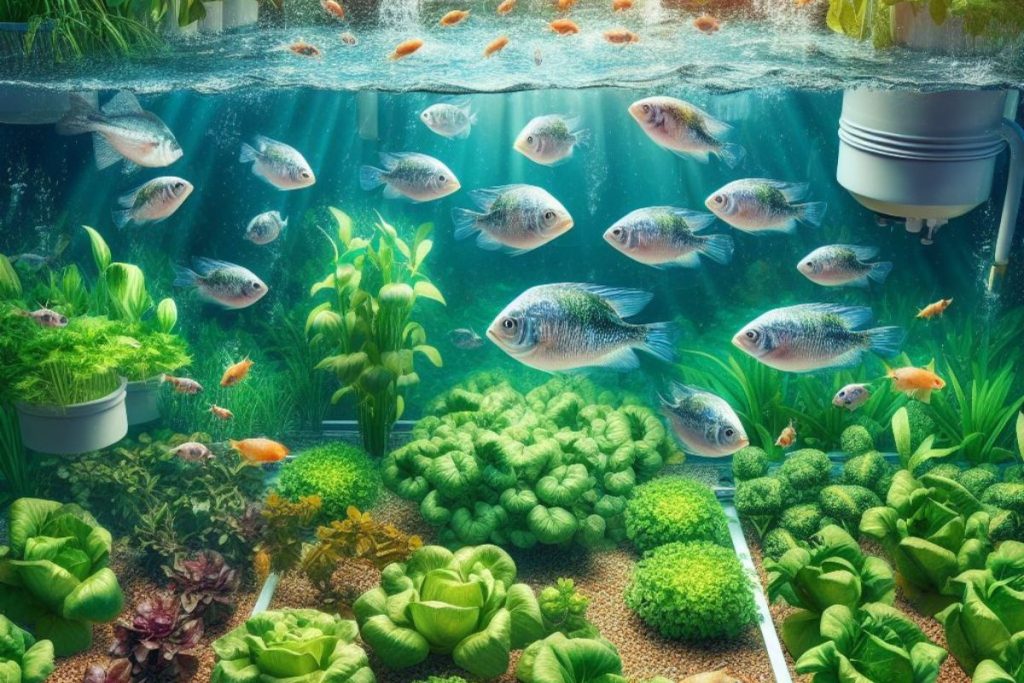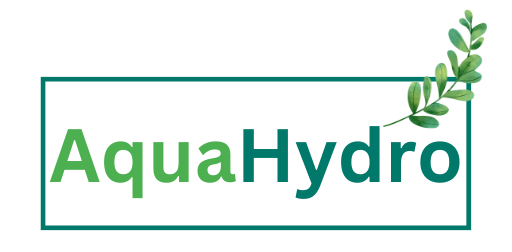In the world of sustainable agriculture, aquaponics has emerged as a revolutionary method that combines aquaculture (fish farming) and hydroponics (soilless plant cultivation) into a closed-loop ecosystem. One particular species that thrives in aquaponics systems is the Bluegill fish. In this comprehensive guide, we delve deep into the world of aquaponics Bluegill farming, exploring its benefits, techniques, and why it’s become a preferred choice for sustainable food production.
The Basics of Aquaponics
What is Aquaponics?
Aquaponics is a sustainable farming technique that marries the cultivation of aquatic animals and hydroponic plant growth in a symbiotic environment. The core concept is simple yet ingenious: fish waste provides essential nutrients for plant growth, while the plants naturally filter and purify the water for the fish. This results in a self-sustaining ecosystem where both fish and plants thrive.
The Role of Bluegill in Aquaponics
Bluegill, a freshwater fish species native to North America, has gained immense popularity in aquaponics systems due to its adaptability and rapid growth. Bluegill is known for its ability to thrive in a variety of environmental conditions, making it an ideal choice for aquaponics enthusiasts.
Benefits of Aquaponics Bluegill Farming

Sustainable Food Production
One of the primary advantages of cultivating Bluegill in an aquaponics system is sustainable food production. This closed-loop system drastically reduces water consumption compared to traditional agriculture and requires no chemical fertilizers. As a result, it’s an environmentally friendly way to produce both fish and vegetables.
Rapid Growth
Bluegill is renowned for its fast growth rate, making it an attractive option for aquaponics farmers. These fish can reach market size in just a few months, ensuring a quick turnaround on your investment.
High Nutritional Value
Bluegill is not only prized for its quick growth but also for its excellent taste and nutritional value. It’s a low-fat fish that’s rich in protein, making it a healthy addition to your diet.
Natural Pest Control
In an aquaponics system, Bluegill can serve as a natural means of pest control. They have a voracious appetite for insects and larvae, helping keep plants free from unwanted pests.
Setting Up Your Aquaponics Bluegill System
Choosing the Right Tank
To start your aquaponics Bluegill farm, you’ll need to select an appropriate tank or pond. Ensure that it’s adequately sized to accommodate the number of fish you plan to raise. Bluegill thrives in freshwater environments, so maintaining water quality is crucial.
Plant Selection
Choosing the appropriate plants for your aquaponics system holds equal significance. Leafy greens like lettuce, herbs, and kale are popular choices. These plants absorb nutrients efficiently from the fish waste.
Water Quality Management
Monitoring and maintaining water quality is paramount in aquaponics. Regular testing for pH, ammonia, nitrites, and nitrates is essential to ensure a healthy environment for both fish and plants.
Bluegill Care and Feeding
Feeding Bluegill
Bluegill are omnivorous and have a varied diet. In an aquaponics system, they will primarily feed on the natural algae and insects that develop. However, it’s essential to supplement their diet with commercial fish feed to ensure they receive all necessary nutrients.
Disease Prevention
Maintaining a clean and well-balanced environment is the key to preventing diseases among your Bluegill population. Regularly inspect your fish for signs of illness and take prompt action if necessary.
Harvesting and Beyond
Harvesting Bluegill
Bluegill can be harvested once they reach a desirable size, typically between 6 to 10 inches in length. The harvesting process should be done humanely to ensure the highest quality fish for consumption.
Enjoying the Fruits of Your Labor
Once harvested, Bluegill can be prepared in various delicious ways. Whether you grill, fry, or bake them, Bluegill’s tender and flaky meat is sure to delight your taste buds.
In the world of sustainable agriculture, aquaponics Bluegill farming offers an innovative solution for producing food in an environmentally friendly and efficient manner. By harnessing the power of this closed-loop ecosystem, you can enjoy the benefits of rapid growth, high nutritional value, and natural pest control while contributing to a more sustainable future.
If you’re ready to embark on your aquaponics Bluegill farming journey, remember to start with a well-designed system, carefully select your fish and plants, and maintain excellent water quality. With dedication and proper care, you can achieve a thriving aquaponics system with fresh, homegrown produce and delicious Bluegill for your table.

